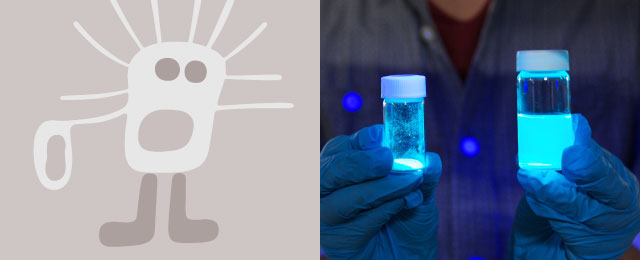







Home > Research > Research Overview > 2025 > The Relationship Between EPA/DHA Intake During Pregnancy and Low Birth Weight Infants
The Relationship Between EPA/DHA Intake During Pregnancy and Low Birth Weight Infants
Professor (Life Sciences / Lifespan Developmental Nursing)
FUJITA Megumi
The health and nutritional status of pregnant women has been shown to affect the health of their children in adulthood (Figure 1). For example, maternal malnutrition during pregnancy is a risk factor for low birth weight infants (LBW) weighing less than 2,500 grams. Notably, a deficiency in eicosapentaenoic acid (EPA) and docosahexaenoic acid (DHA) in the diet is associated with an increased risk of LBW. Therefore, as part of The Japan Pregnancy Eating and Activity Cohort Study (J-PEACH Study), we conducted a prospective cohort study focusing on the intake of EPA/DHA during the second trimester of pregnancy (weeks 14 to 27), examining the relationship between EPA/DHA intake and LBW by including both dietary intake and supplement consumption.
The analysis revealed that the group with low total intake of EPA/DHA during the second trimester had a higher proportion of LBW infants (Figure 2). No significant trends were observed in relation to gender. It can be concluded that improving dietary habits and ensuring the intake of essential nutrients such as EPA and DHA by the second trimester may lead to a reduction in LBW (Figure 3).
We plan to continue our research to develop evidence-based health education for pregnant women.
▲Figure 1:DOHaD Theory: The Health and Nutritional Status of Pregnant Women Affect Subsequent Health
▲Figure 2: Analysis of 504 participants showed that the group with low total intake of EPA/DHA during the second trimester had a higher proportion of LBW infants.
▲Figure 3.:Towards Evidence-Based Health Education in Clinical Practice
Related Links